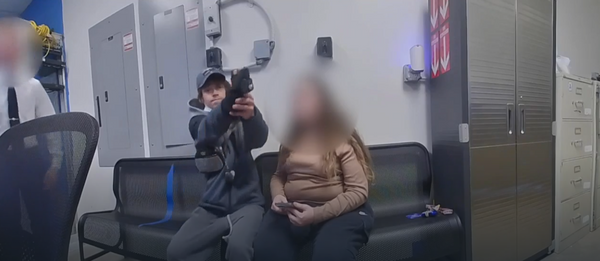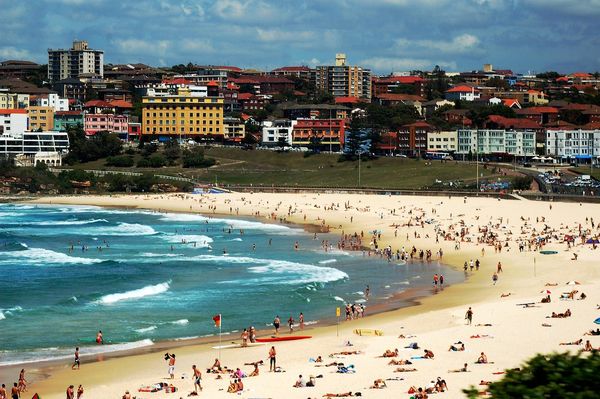With a surge in COVID-19 cases, authorities are struggling to keep pace with contact tracing. Although the total number of contacts traced in the last week (January 1 to 7, 2022) is nearly seven times more than the contacts traced in the preceding week (December 25 to 31, 2021), the average contacts traced per patient is reduced by half.
While 14,948 primary contacts were traced in the week ending December 31 with 3.75 contacts per patient, 72,812 primary contacts were traced in the week ending January 7 with 2.22 contacts per patient.
The same trend is reflected in the case of secondary contacts. While 10,915 secondary contacts were traced in the week ending December 31 with 2.74 contacts per patient, 51,668 secondary contacts were traced in the week ending January 7 with 1.57 contacts per patient.
District-wise analysis of the primary contacts per patient in the seven days prior to January 7 shows that Udupi has reported the highest number of primary contacts, with an average of 18.34 per patient. While Yadgir and Chickballapur have an average of 12.11 and 10.61 primary contacts per patient respectively, Chamarajanagar, Davangere, and Raichur have an average of 9.71, 8.33, and 7.88 primary contacts per patient, respectively, according to data from the State War Room.
Bengaluru Urban, which is reporting the highest number of positive cases in the State, on an average has 1.47 primary contacts per patient, which is the least after Ballari where 1.1 contacts per patient have been traced.
However, K.V. Trilok Chandra, BBMP Special Commissioner (Health), claimed that contact tracing is being done aggressively in Bengaluru. “There could be a data lag due to which the number of contacts traced per patient is low in Bengaluru. The week-on-week testing has dramatically increased in Bengaluru and most of the people tested are contacts,” he said.
D. Randeep, State Health Commissioner, said while the average number of contacts per patient may be low, the total number of contacts traced is more owing to the sheer number of positive cases. “Now our focus is on tracing and testing primary contacts as the transmission of Omicron variant is high and the core family is usually infected. Besides, several primary contacts are coming on their own and getting tested. Among the secondary contacts, we are testing only those who are symptomatic,” he said.
Admitting that tracing 20 contacts per patient, which is the ideal number, will not be possible now, the Commissioner said the department was working on increasing the number of field staff for contact tracing. “As of now, health teams from the BBMP and Home Guards are involved in the exercise in Bengaluru. We are planning to deploy staff from the Education Department as schools are closed now. We have also written to the Education Department in this regard,” he said.
Asserting the importance of contact tracing, C.N. Manjunath, nodal officer for labs and testing in the State’s COVID-19 task force, said it was vital to break the transmission chain. “Identifying the contacts and the vulnerable population, including those with comorbidities, ILI, and SARI, is what is needed at this juncture when the virus is spreading extensively,” he said.
Pointing out that the manpower required for this important exercise should be doubled, the doctor said contact tracing was very difficult at this stage of the pandemic.
During the first wave, Karnataka had won appreciation from the Centre for its robust contact tracing efforts in the initial few months when an average of 47 contacts per patient were being traced.







